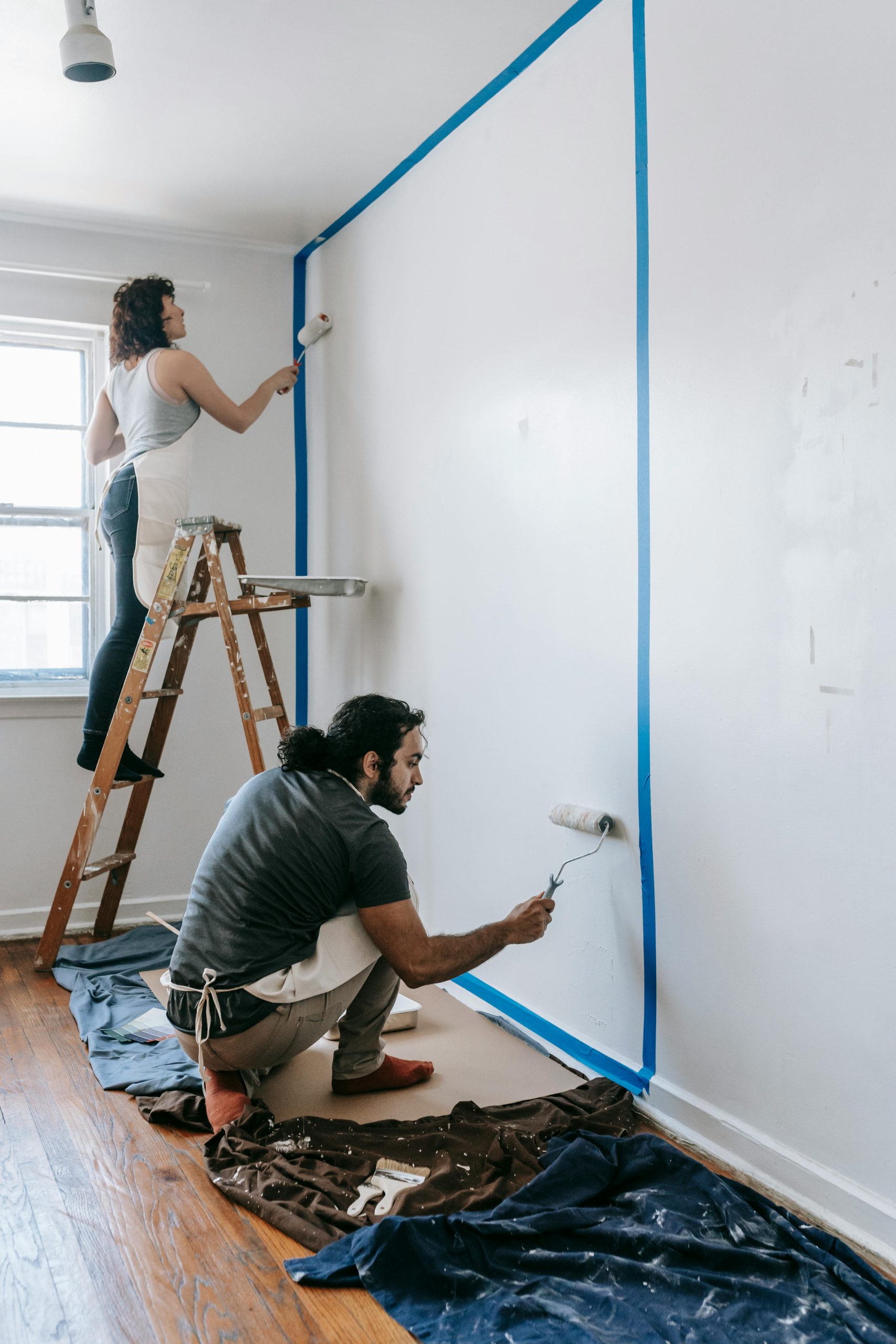Evaluating the Worthiness of Repairing the Chicony A17-120P2A Charger
When it comes to powering your valuable laptop, having a reliable charger is essential. Recently, a user shared their experience with the Chicony A17-120P2A charger, highlighting some common issues and contemplating repair options versus replacement.
Understanding the Issue
The user reported that the charger tends to work only when certain pressure is applied to the cable—specifically, manually pressing the wire causes it to function, while releasing or reducing pressure causes it to stop working. For months, they relied on electrical tape to hold the connection together. This suggests a potential internal connection problem, possibly a frayed or broken wire within the cable, rather than an internal fault with the charger’s circuitry.
Technical Perspective
Charger cables often face wear and tear, especially at the connector joint where the cable enters the plug. Repeated bending, twisting, or stress can cause the internal wiring to break or become loose. In such cases, the internal components of the charger may still be operational, but the compromised wiring prevents consistent power delivery.
Repair vs. Replacement
Given that the internal components seem intact, repair could be a viable option. Repairing or replacing the damaged cable or connector might restore full functionality without the need to purchase a completely new charger. This approach can be cost-effective and environmentally friendlier.
However, consider the following before deciding:
- Safety: Repaired cords must meet safety standards to prevent electrical hazards.
- Durability: Homemade or repaired cables may not last as long as original parts.
- Compatibility: Ensure replacement parts are compatible with your device and power specifications.
Alternative Charging Options
For users seeking cost-effective alternatives, exploring compatible chargers from other brands that meet the required specifications is advisable. Your MSI GF63 Thin requires a 20V power supply. Many third-party chargers offer similar voltage and current ratings at lower prices. However, ensure compatibility to avoid potential damage.
Recommendations
- Professional Repair: Consult a certified technician or authorized service provider to assess the cable for possible repair or replacement of the faulty section.
- DIY Repair: If experienced, you could consider terminating and replacing the cable or connector, ensuring the use of high-quality, compatible parts.
- Upgrade to a Compatible Charger: Research reputable third-party chargers that match your device’s power requirements. Look for models with good reviews and safety certifications.
Conclusion
Share this content:



